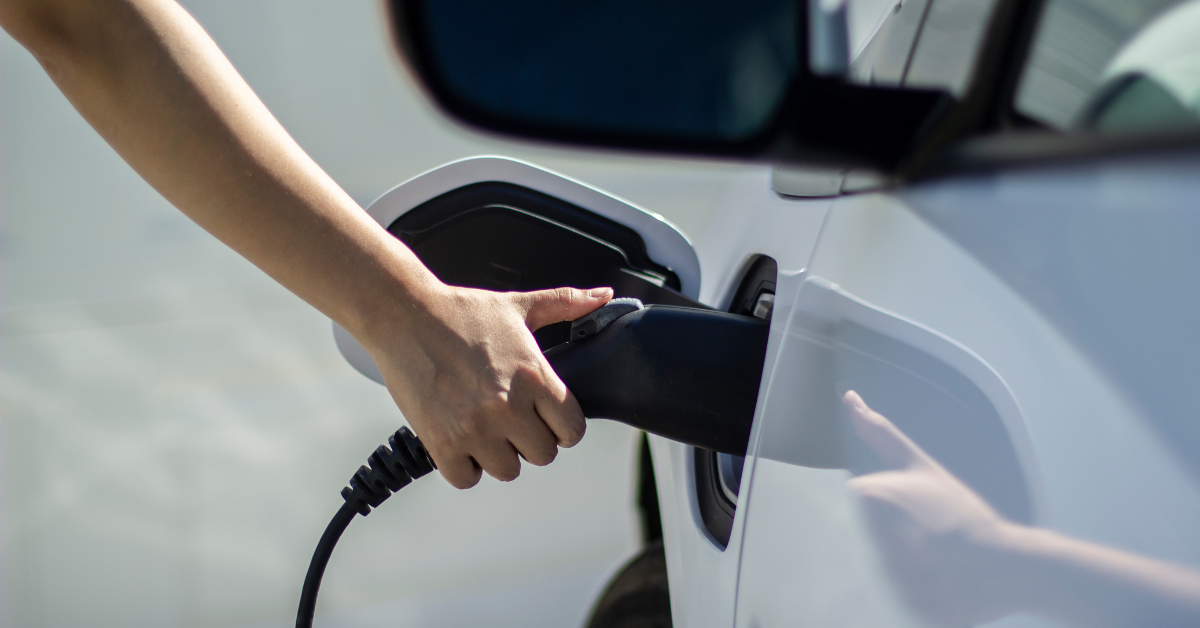5 Tips to Reduce Customer Churn in the Energy and Utilities Industry
What’s churn?
Customer churn is the number of customers who for some reason end their customer relationship during a set period of time. Typical reasons for ending a customer relationship are a contract termination, negative experience with the company or personal reasons such as moving to a new regional location. Churn is a commonly monitored key figure as it can be used to measure customer experience.
Churn is the most significant pain point for energy and utilities
As reported by studies, churn is the most significant pain point and growth challenge for energy and utilities companies. The average churn percentage for energy and utilities in the US is around 30-35%. In Europe the corresponding number is around 12-15%. The high churn percentage could indicate a weak customer experience but also has a negative impact on the company’s revenue as attracting new customers costs the company five times more than retaining the already existing ones.
The turnover rate in the industry is high and the number of contracts large which partially explains the churn being a problem specifically in the energy industry. There are certain consumer segments that find energy to be quite a low additional value product and are only interested in getting the energy in the first place. Obviously there are exceptions, and today more and more consumers are interested, for example, in where the energy they consume is produced and what kind of service their chosen company provides. As the market situation in energy and utilities is majorly different between Europe and the US, let’s just use the European country, Finland here as an example. Many energy companies in Finland have been developing different ways to improve customer retention for example by scaling their product offering.
However, the customer churn in the energy and utilities industry is very segment based. Well-designed behavior based segmentation and persona work is a great tool for sales and marketing but it also helps control customer churn. With the segmentation and persona work companies can gain important understanding of their customers’ attitude towards energy and the factors affecting their decision making. The frequently appearing customer profiles within segmentation and persona work are, for example:
- The price observers: These people choose their energy companies primarily based on the price. These customers are very likely to churn and usually tender their contract out immediately after the contract period has ended and choose the cheapest option for the upcoming period.
- Carefree energy users: For this customer group simplicity is the key when choosing the energy provider. Customers within this segment do not necessarily even remember their provider’s name nor make effort tendering their contracts. The most important thing for these customers is that energy is available and everyday life is carefree in terms of energy consumption.
- Energy enthusiasts: These customers are extremely interested in their personal energy consumption and the latest technological solutions related to energy and utilities. These people value data and information related to their consumption practices and are eager to learn about new products and services. It’s possible for companies to create deep and meaningful relationships with these customers.
So, the customer personas are created through behavior based research, and consumers with similar consumption practices normally represent the same customer profile and fit the same customer segment. Customers within the same segment usually follow a customer journey alike and therefore also end the relationship with the company for the same kind of reasons. It’s likely that a company must, for example, accept that certain segments can not be stopped from churning - and perhaps it’s not profitable trying to stop them. But how can the segments be utilized in tackling the customer churn challenge in the energy industry?

Churn can be predicted by customer behavior
During spring 2022 Kaksio Labs executed several interviews with professionals working in the energy industry in Europe and in the US. According to those interviews the challenge of customer churn is recognized and identified but there are no tools to solve the problem. Customer churn was seen as a very large problem that can not be solved by snapping one’s fingers. That’s why the situation in several energy companies is the following: customer churn is known to be a challenge but there is no work done to identify customers about to churn.
When it comes to minimizing customer churn, timing is the key. It’s very usual that companies react only after the customer has already made the decision to end their business with the company. There are many energy companies where the so-called win-back processes are still used and during which the customer is offered, for example, a cheaper contract or a different kind of contract model. In some cases the win-back process can bring the desired results but in the long run it can have a negative impact on the company’s reputation and brand. However, there are some customer behavior related attributes that can indicate the customer is churning - but what are those and how to utilize them?
It’s quite clear that the customer can end their business with the company for various reasons and interpreting those in the energy industry can be difficult. According to studies however, the probability of churn can be predicted by certain segment based customer behavior. There are factors that both increase and decrease the possibility of churn. Let's take a look of some examples:
Factors affecting churn:
Increasing:
- Regional location
- Start of relationship (web, tele, agency)
- Previous churn
- Previous complaints
- Retention proposals
Decreasing:
- Loyalty program member
- Online billing option
- Start of relationship (counter)
- Cross-selling proposal
- Change offer
Now that you've read the list, what do you think? Do these factors make sense to you? And how could you as an energy provider take advantage of these factors?
Create more meaningful customer relationships with personalized and seamless customer service
Let’s be real, digital tools are not something we should consider as fresh and new anymore but something customers are used to and are expecting the companies to use too. That’s why customers also expect personalized and seamless customer service enabled by digital platforms. This type of service can be provided only by companies who already have adopted the digital platforms and tools as part of their everyday tool kit and processes. If doing business with the company isn’t easy and doesn’t happen in the channel the customer prefers, the win-back call is not likely to change the customer’s mind in case they decide to leave. Many so-called digital native companies within the energy sector (mainly in Europe) have scaled their product and service offerings to lower-cost, higher-value services, such as charging devices.
When it comes to customer service, the seamless customer experience is created by the combination of already existing processes and the personalized, customer specific services and products. According to research by Kaksio Labs, digital tools are used occasionally in the energy industry but they’re still considered beneficial. CRM platforms such as HubSpot are seen as potential tools to minimize customer churn. With HubSpot, for example, companies can easily automate their processes making sure every customer is provided with personalized service in the channel they prefer. That combined with the careful segmentation work - providing personalized and seamless service has never been this easy!

5 tips to reduce customer churn in the energy and utilities industry:
To summarize, we have composed five tips to get started and reduce customer churn in the energy and utilities industry.
- Segment your customers based on their behavior and understand what actually is important to them.
- Try to generate ideas of customer engagement, such as additional services and products.
- Make sure it’s actually easy to do business with your company in every channel - the customers’ expectations are constantly increasing and companies can afford to make mistakes in customer service.
- Be proactive - don’t only think about how to react when a customer relationship is ending but make sure the customer never leaves in the first place! How to use marketing, sales and customer service to make the customer stay with your company?
- Think about the kind of digital tools your company would benefit from the most when it comes to minimizing customer churn. The key is combining the already existing processes and the customer specific, personalized services as one united whole.
/kaksio-labs-logo-white.png?width=150&height=69&name=kaksio-labs-logo-white.png)